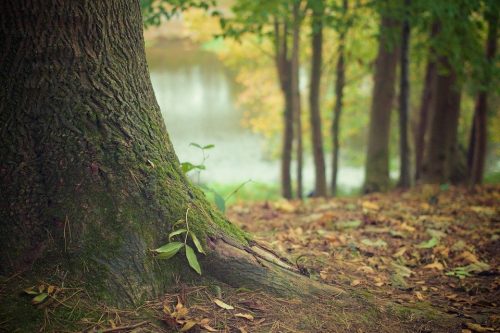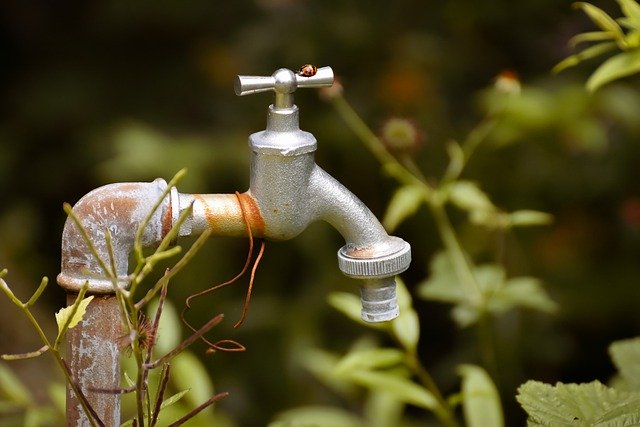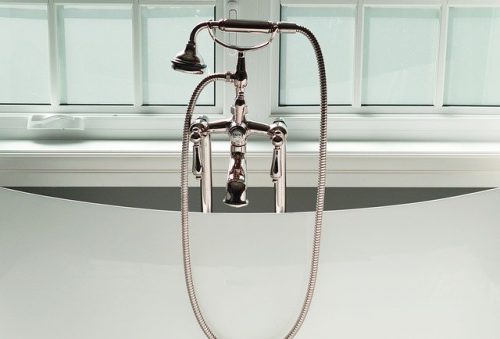- 128 Queen St S, Mississauga, ON, Canada, L5M 1K8

Tree roots in piping are one of the most common problems in plumbing. They can also be time-consuming and costly to resolve. Uncontrolled root growth underground can cause damage to your pipes, affecting your overall plumbing system as a whole. Roots can be very destructive as they can cause:
These are the damages that tree roots could have on your pipes and this is why it is important to identify the signs of tree root damage before they continue to grow. You should contact professionals to solve your tree root problems. You should also take note of some of the warning signs:
If you witness any of these signs, you should contact a professional immediately.
For trees to grow, they need a source of water. Sometimes their roots will look to your plumbing system for water, nutrients and oxygen. This is especially true when there is a leak or damage on your pipe as roots are more inclined to absorb the elements from your pipe. As a result of this, tree roots will begin growing inside of your pipe. The roots may be small, but they are aggressive enough to grow inside of your pipe as it contains the nutrients needed for growth. Tree root growth can also cause leakage in your sewer system.
Here are some of the signs that tree roots may be affecting your plumbing lines:

Tree roots can grow in many places around your house. For example, when above ground, plants can quickly grow when there is light, water and nutrients. All of these things are present during the summer season, making it easy for tree roots to grow during this time. Furthermore, if the underground sewer line is cooler than the surrounding soil, this will cause moisture for roots which can result in even more root growth.
Leaks in your sewer line can also be caused by old worn-out pipes on top of root growth caused by soil moisture. This occurs when nutrients from your sewer line leak into the soil. This causes them to grow even faster and they could even gain access to water, oxygen and nutrients in the pipe.
Tree roots can enter your plumbing lines through:
If you can maintain the condition of your pipes and perform inspection regularly, your pipes will be less likely to be damaged. However, once your pipes begin to endure damage over time, roots such as trees and shrubs can easily make their way into the pipe and grow within it. The growth of a tree root will cause a sewage overflow if incorrectly assessed.
The best way of countering tree root pipe or plumbing issues is by maintaining your pipes and conducting regular inspections. Whenever you experience frequent clogs, slow-flowing drains or gurgling noises coming from your toilet, a tree root problem is likely the cause.
By calling in a plumbing professional for inspection, they can determine the location of your sewer line and direct you on the best methods to fix your tree root plumbing issues such as:
Proper planning while designing a sewer line and construction will minimize tree root invasion issues. In planning out the installation of your sewer lines, you should also heavily consider planting trees that will not grow as quickly as others and plant them away from sewer lines. Planning will minimize the risk that tree roots could have on your pipes.

To assess the damage on a sewer line, you should contact a professional plumber to conduct an advanced pipe inspection. The plumber will use advanced equipment to determine if your pipe is at risk of being damaged due to condition or age. They will then provide you with a solution by replacing your sewer line with more-resistant material or by integrating a root control method. Root control can redirect tree roots away from your sewer line.
To investigate root damage on your pipes, you can also conduct a video pipe investigation. This will also allow you to break up tree roots using machineries such as drill machines and hydro-jetting equipment. Through hydro-jetting, you can wash away pipe debris and prepare for more extensive repairs depending on the pipe damage.